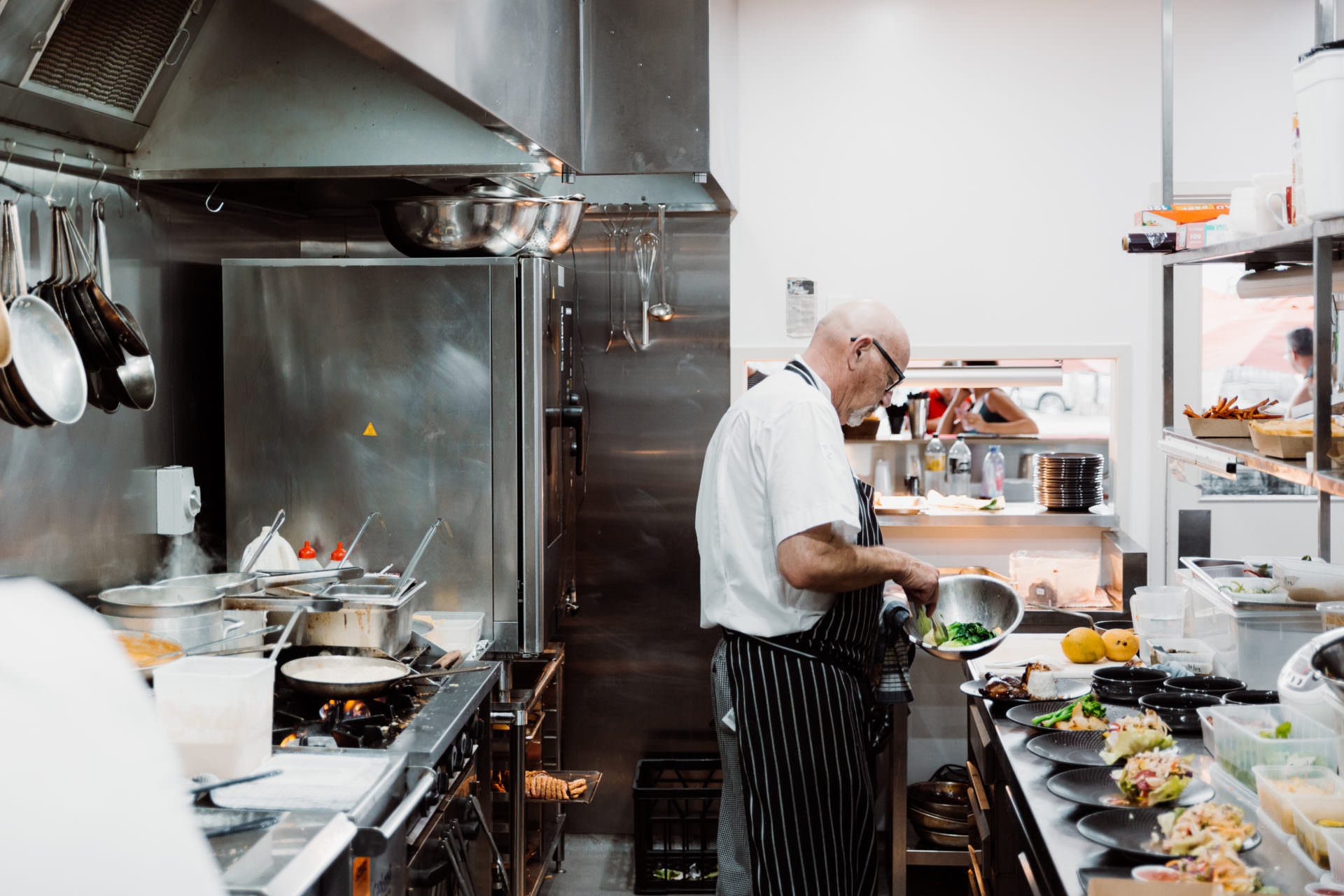
Slips, trips and falls are the primary cause of accidents in restaurants and commercial kitchens.
Fast and furious activity, ever present moisture and the likelihood of spills increase the danger in restaurant kitchens.
However, with the right workflow advice and smart design, you can avoid many of these timely accidents from occurring.
Here are Hiller’s top tips for safe kitchen designs.
Design for workflow
The kitchen should be designed to facilitate a continuous progression of food from delivery in storage, to preparation and the final dish. The aim should always been to minimise movement around the kitchen, and to avoid cross traffic. There are many elements to think of here, including wait staff and kitchen staff, and how they work together.
Think from the ground up
Whether your are building or renovating a restaurant kitchen, seeking the right advice from a professional builder is imperative. There are elements to a commercial kitchen that you may not have even thought of, such as gas, power and lighting. All commercial kitchens have to meet health and safety standards, no matter the size, which can be a time consuming (and confusing) process if you try and tackle this alone.
Tip: many slip-and-fall accidents are a result of the underlying structure of restaurant flooring. So, if you’re in the enviable position of being able to build (re-build) your kitchen from the ground up, you can start your slip-proofing right.
Invest in the right equipment
Fitting a kitchen with good quality commercial kitchen ware may seem like a large initial outlay, however for a chef it is these decisions that can change a good restaurant into a great one, optimising the space with equipment that will get the job done and minimise mess – and always choose the equipment that is made for the professional kitchen.
See what Hiller offers here.

